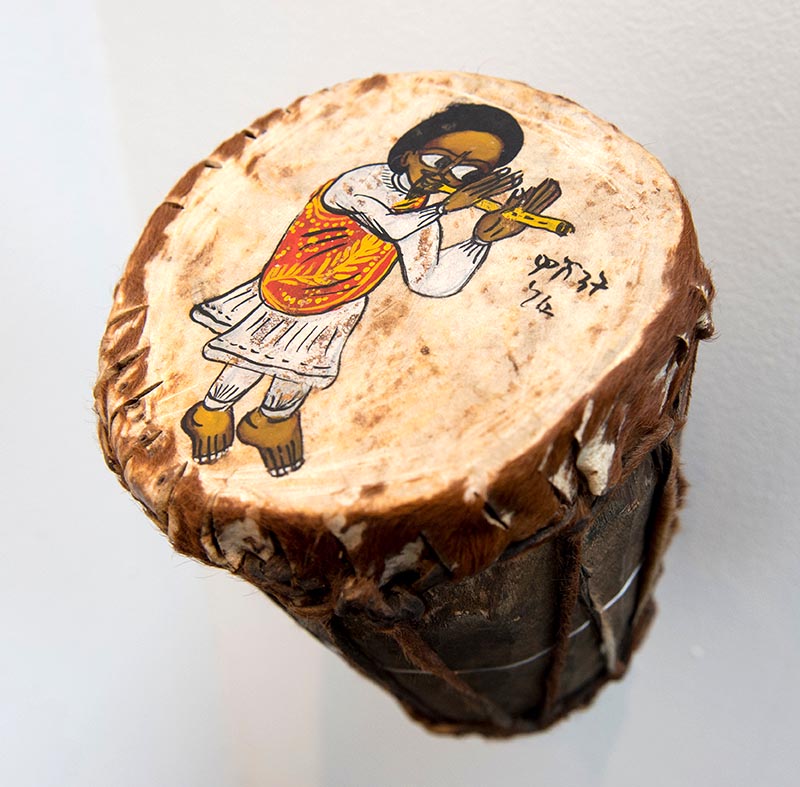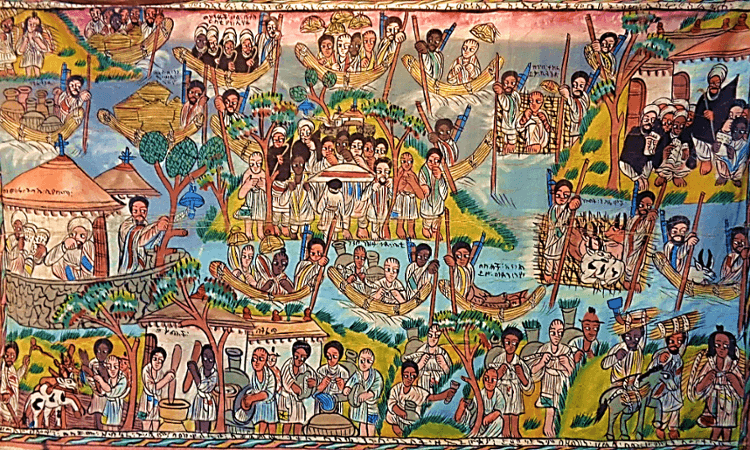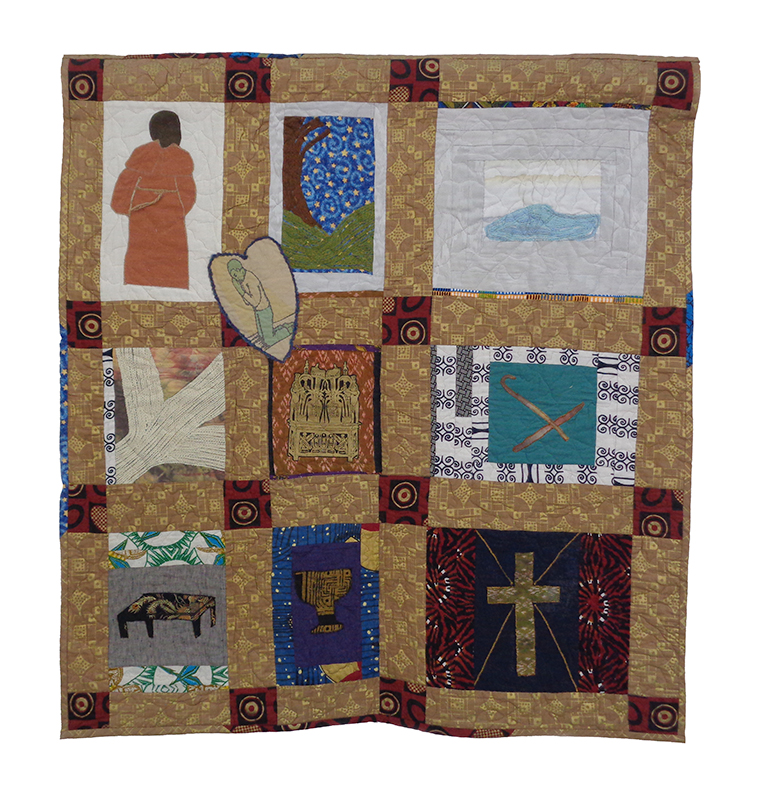Ethiopia: The African and Africana
/https://dev6.siu.edu//search-results.php
Last Updated: Oct 18, 2023, 03:23 PM
Ethiopia is ancient and its Christian tradition and roots run deep, dating to 1st century C.E. Words from Psalm 68:31 (KJV), “Ethiopia shall quickly stretch out her hands unto God,” predate Christianity and affirm Ethiopian antiquity in the same vein as do words from Zephaniah 3:10 (KJV): From beyond the rivers of Ethiopia my suppliants, even the daughter of my dispersed, shall bring mine offering. Tsegaye Gebre-Medhin, Poet Laureate of Ethiopia who was elected to the United Poets Laureate International, captures in a poem entitled Nile that antiquity and Africana consciousness in modern times. Verse 1 and the first line of Verse 2 of Nile give credence to a continuous flow of ancient traditions, like the River Nile, from the past into the present:
I am the first Earth Mother of all fertility.
I am the Source, I am the Nile, I am the African, I am the beginning!
O Arabia, how could you so conveniently have forgotten,
while your breath still hangs upon the threads of my springs?
O Egypt, you prodigal daughter born from my first love,
I am your Queen of the endless fresh waters,
who rested my head upon the arms of Narmer Ka Menes
when we joined in one our Upper and Lower Lands to create you!
O Sudan, born out of the bosom of my being,
how could you so conveniently count down
in miserable billions of petty cubic yards
the eternal drops of my life-giving Nile to you?
Beginning long before the earth fell from the eye-ball of heaven,
O Nile, that gushes out from my breath of life
upon the throats of the billions of the Earth's thirsty multitudes,
O World, how could you so conveniently have forgotten
that I, your first fountain, I your ever Ethiopia
I your first life still survive for you?
My name is Africa, I am the mother of the Nile.
(The Missing Slate, 2016)
Ethiopia: The African and Africana
Ethiopian Drum

(Photo: Leonard Gadzekpo)
Ethiopian Drum
C20th. Wood, leather, fiber, and paint.
8 x 8 x 15 inches.
Reginald Petty African Art Collection.
Ethiopian Poetry
Another Ethiopian poet, Adeleke Adeiti, captures in his poem “Pride of the Motherland” Christian religious tradition embodied in exquisite architectural style and artistic rendering found in carved-rock churches of Lalibela built almost 900 years ago. When Jerusalem was captured by Muslims, Emperor Lalibela (1181-1221) sought to build a “New Jerusalem” in his realm that produced awe-striking edifices, living landmarks of Ethiopian Christianity (Phillipson, 2009). An excerpt from Adeiti’s poem indicates how the churches that have been filling with Christian worshippers around the year for almost a millennium were built using bare hands and tools at a time when modern construction machinery and sophisticated measurement tools were not available:
Praying in an Ethiopian Church
Preserved in rocks built by humans’ hands
Never touched by conquest plans
Protected from the invaders’ footsteps
Queen of Sheba and Solomon’s nest
Touched by Arch of the Covenant
Mary, Joseph, and Jesus once slept
(The Missing Slate, 2016)
Ethiopian religious paintings presented in Conversation 2 evidence ancient Christian tradition is alive and ever-present in the lives of priests and monks and among Ethiopians in general.
Ethiopian Religious Painting

(Photo: Leonard Gadzekpo)
Ethiopian Religious Painting
C20th. Paint on canvas.
52 x 24 inches.
Reginald Petty African Art Collection.
Ethiopian Religious Painting

(Photo: Leonard Gadzekpo)
Ethiopian Religious Painting
C20th. Paint on leather parchment.
18 x 6 inches.
Reginald Petty African Art Collection.
Ethiopian Religious Painting

(Photo: Leonard Gadzekpo)
Ethiopian Religious Painting
C20th. Paint on canvas.
52 x 24 inches.
Reginald Petty African Art Collection.
23rd Psalm

(Photo: Leonard Gadzekpo)
Edna Patterson-Petty, 23rd Psalm.
2003. Quilt, Fabric.
46 x 41.5 inches.
Edna Patterson-Petty presents in her art piece, 23rd Psalm, a younger African American Christian tradition that is parallel to an older Ethiopian Christian tradition captured in religious paintings. African American struggle during almost three centuries of slavery in America and, thereafter, in the long on-going march towards freedom, justice, and equality found sustenance and growth in the womb of the Black Church because for African Americans, through the centuries, a call to be Christian is also a call to be free and equal. Martin Luther King, Jr., the most visible and forceful voice of the modern Civil Rights Movement put it eloquently with Africana call and response tradition in full display during delivery of a sermon at Holt Street Baptist Church, Montgomery, Alabama, in 1955, when he said, “If we are wrong, the Constitution of the United States is wrong. [Yes] [applause] And if we are wrong, God Almighty is wrong” [That’s right] [applause] (King, 1955).